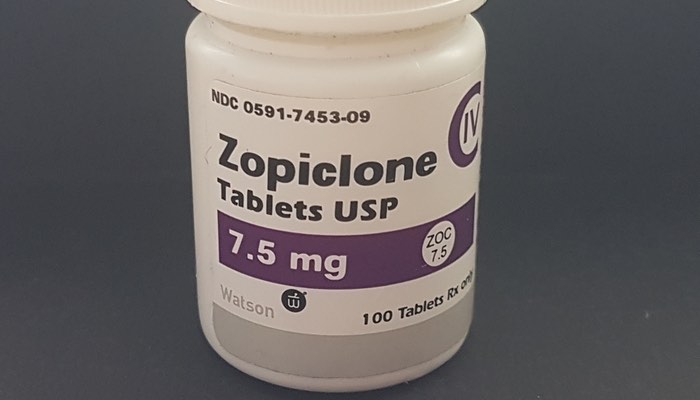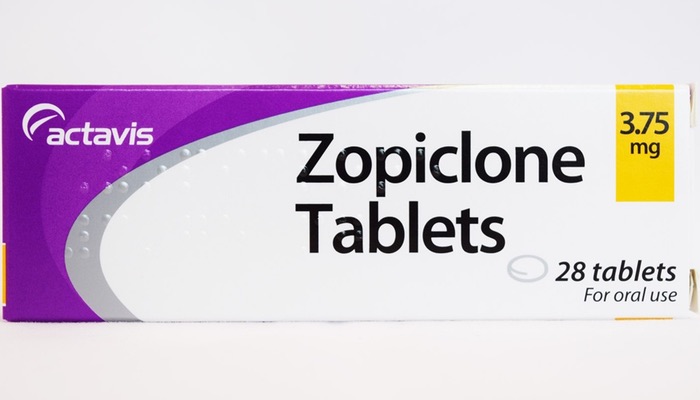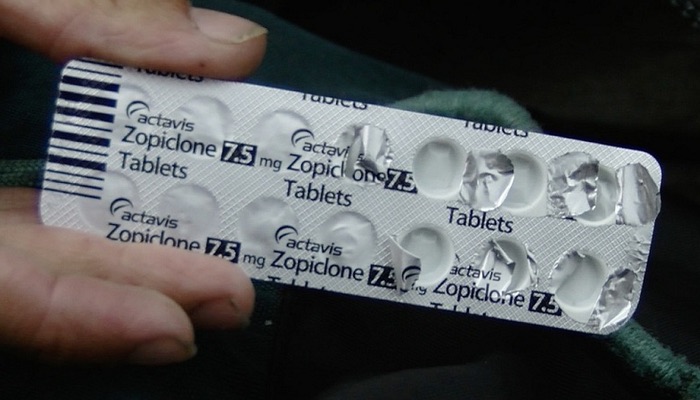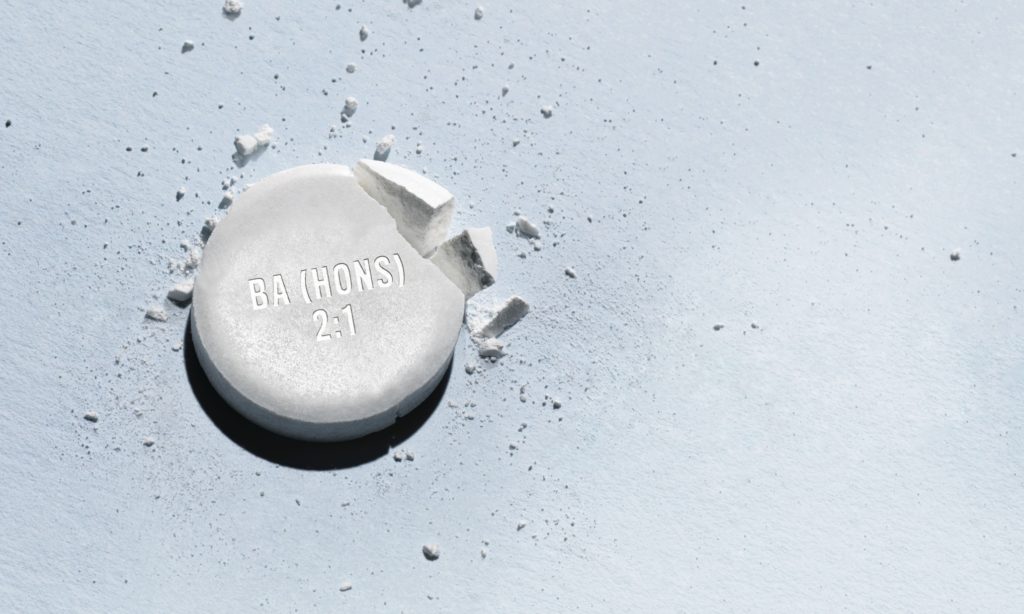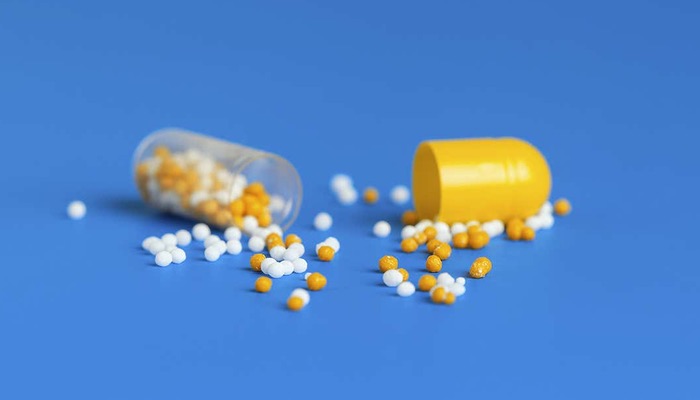Just for a little re-cap.
Zopiclone belongs to the Z-drug class of compounds, amongst them – Zolpidem and Zaleplon.
Z-drugs, such as zopiclone are commonly used for the short-term treatment of insomnia .[1].
Key features of zopiclone include:
- Peak concentration in the bloodstream is between 0.5-2 hours
- rapid distribution to various bodily tissues
- distributed to the brain
- Is metabolised into two main metabolites (small molecules).
- half-life of around 5 hours
- typical dose range is 5mg to 7.5mg, daily.
- was introduced into clinical practice in 1985
So, question you may be asking yourself is “What the best Zopiclone dose?”.
This can be tricky to determine, since there are so many variables that come into play for each person who takes Zopiclone.
For instance, elderly people may eliminate Zopiclone at a much slower rate, leading to a longer duration of action and so a different dosage may be prescribed by the doctor.
Furthermore, some diets which contain certain foods may alter the metabolism and adsorbtion of Zopiclone.
The relationship between all of these variables and the differing Zopiclone doses, mean that a “Ideal Zopiclone Dose” may be complicated, and often ill-informed.
Some of the most common human variable which may affect your ideal zopiclone dosage would be:
- Age
- Diet
- Gender
- Kidney and liver function
- obesity
- Pre-existing medical problems
- Race and or ethnicity
Furthermore, other variable concerning zopiclone and how it’s given would be:
- Binding of zopiclone to other proteins in the body
- How zopiclone is cleared, or excreted from the body
- Properties, such as size, weight of a drug.
Since all of these may be a factor in determining an individual’s ideal dose, it is best left to a healthcare professional to assess the patient and determine a correct dosage regimen.
Often, when one becomes dependent on a drug it is usually from an individual mis-using zopiclone.
However, there are some examples of the most common Zopiclone doses as described in the literature below.

